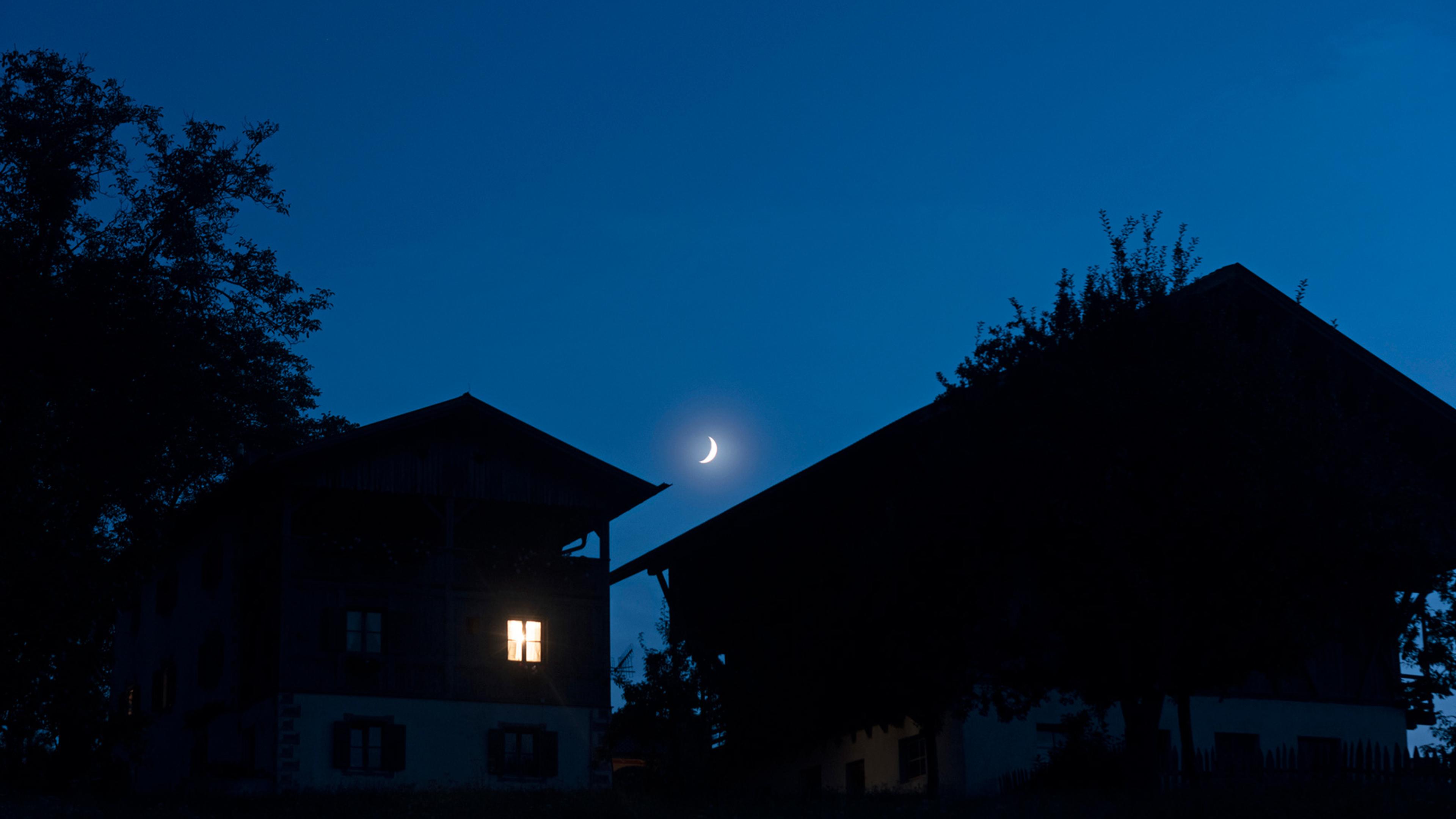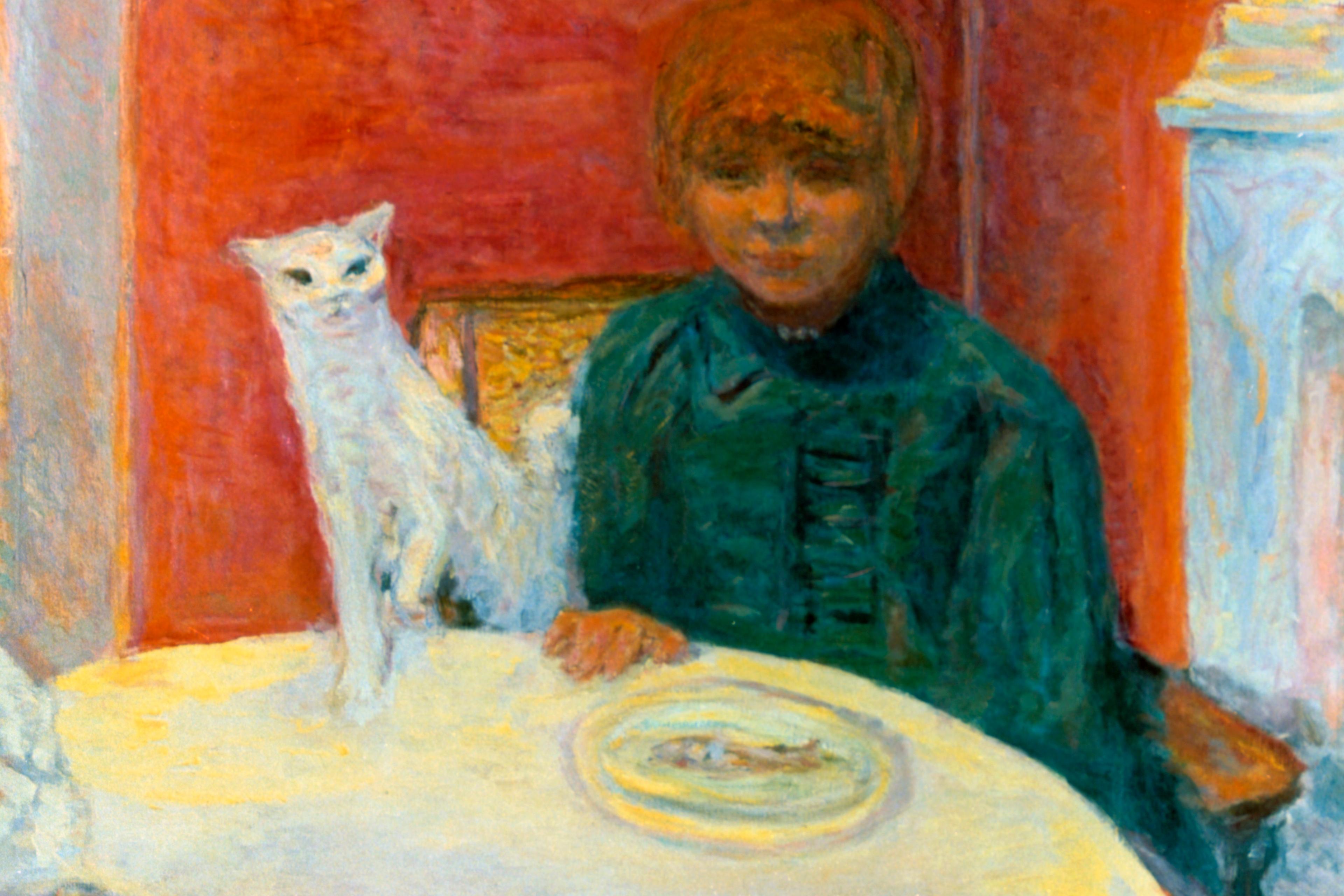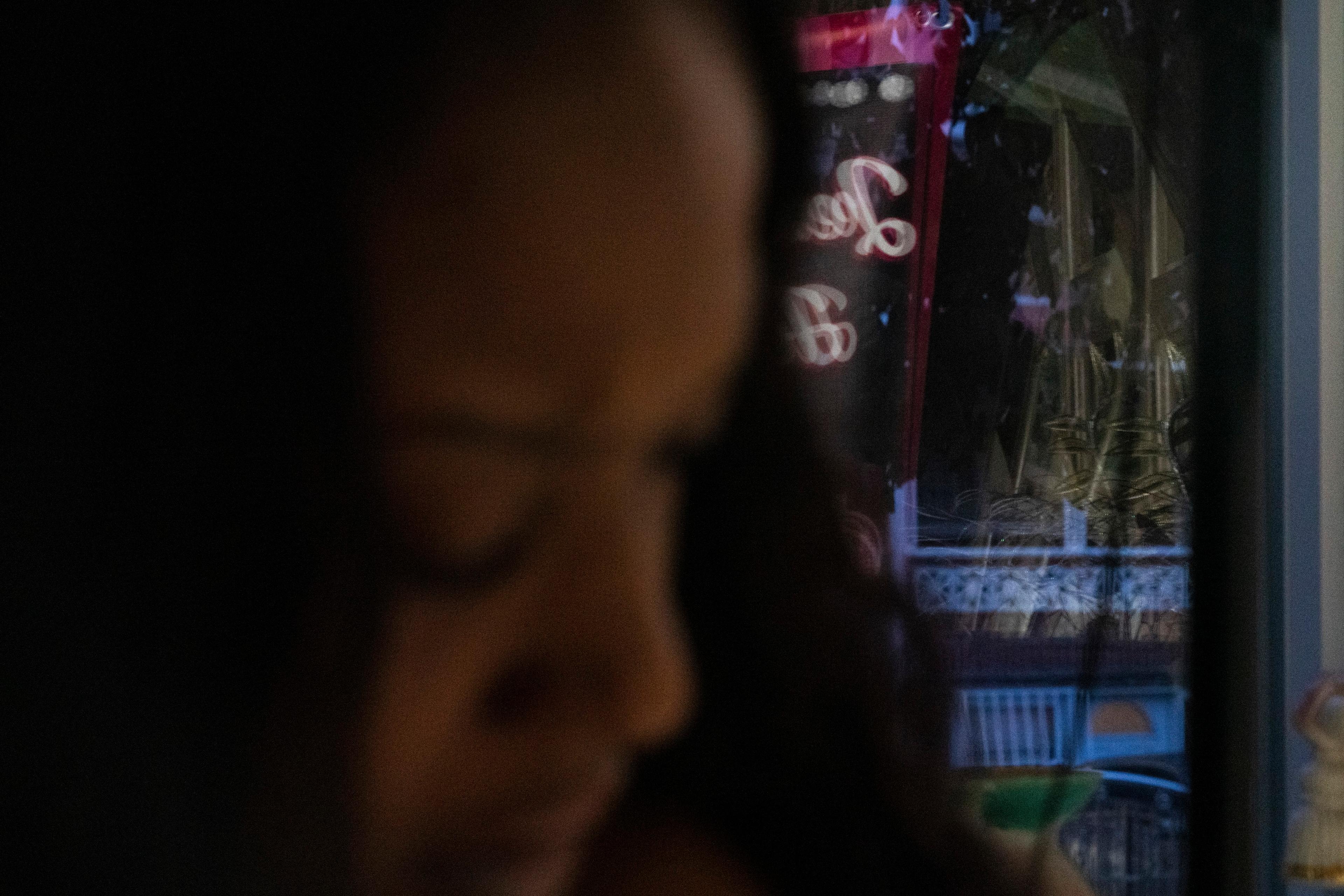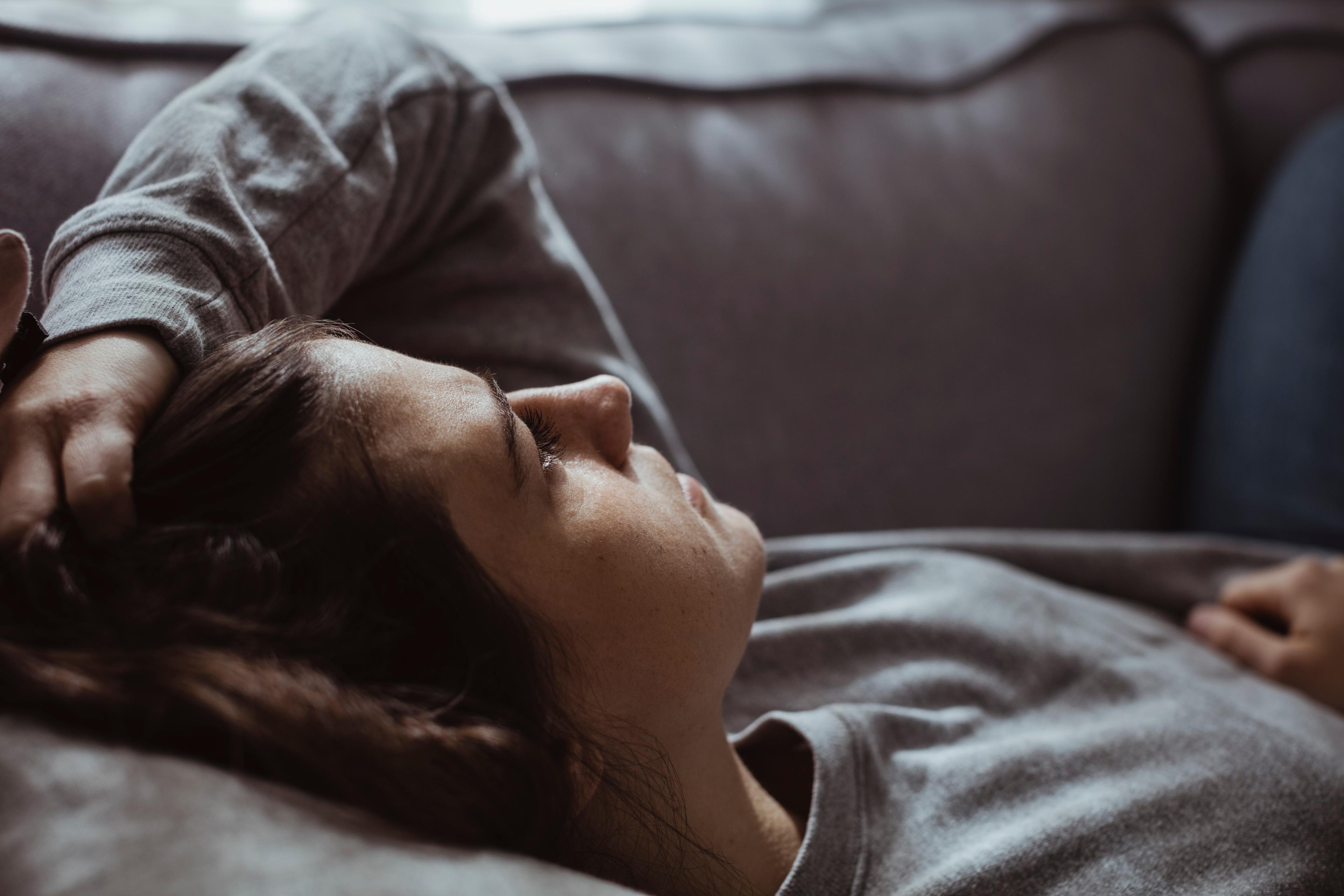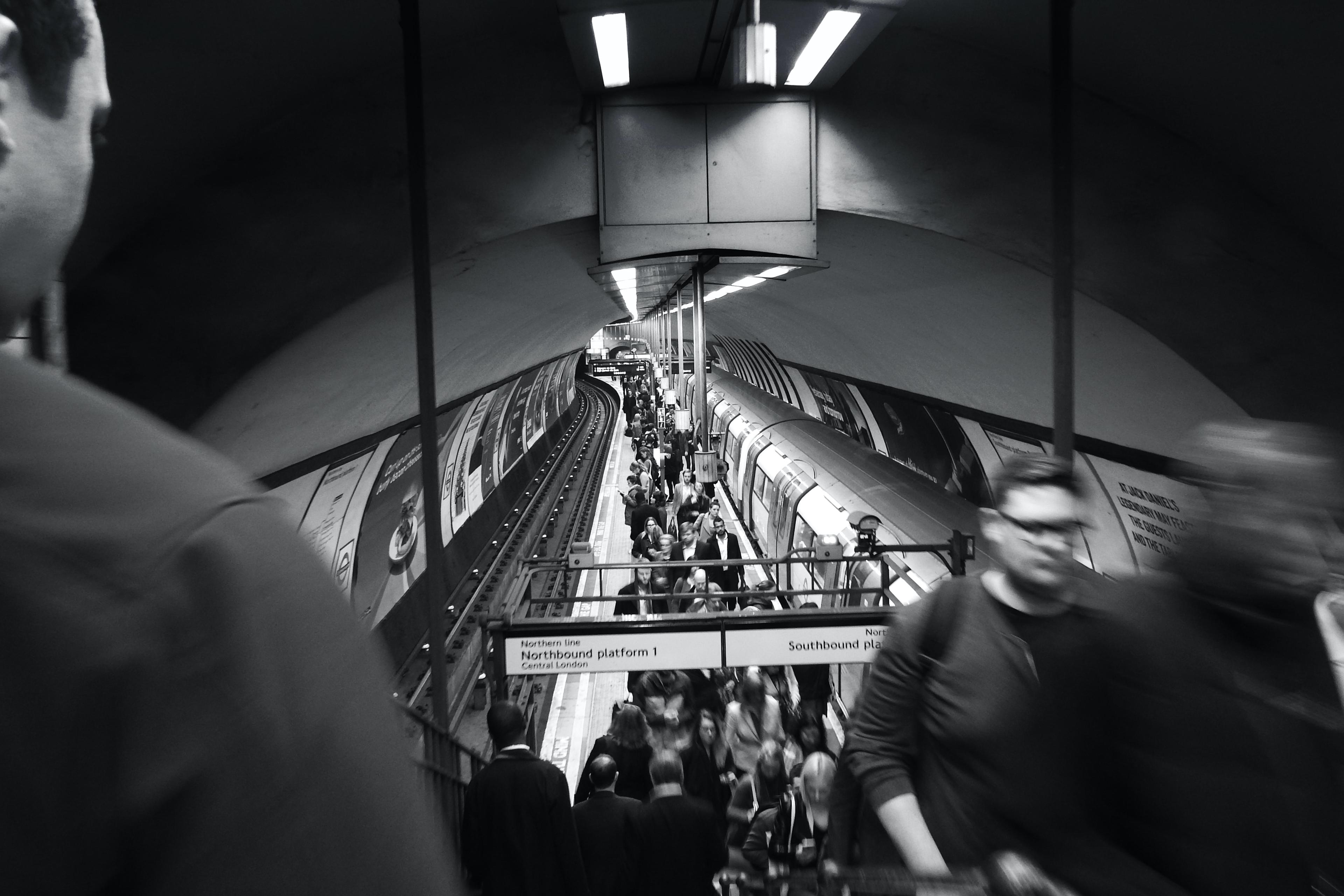There are rhythms all around us, and inside us.
People have had a sense of rhythm in the natural world for a long time. Three centuries ago, the biologist Carl Linnaeus knew that flowers had rhythms: at certain times of day, they open their buds, and at other times they close them. And he knew that flowers differed from each other. So he proposed the idea of a ‘flower clock’ – a garden laid thoughtfully according to each flower’s rhythm. He could step into such a garden and know the time: autumnal hawkbit opens by 7 am, scarlet pimpernel by 8 am, and so on.
While the scientific understanding of how biological time is made and measured is fairly new, biological clocks themselves are very old, at least 2 billion years or so. Biology runs at many timescales, some very short and others very long. And, in between, there’s a special, 24-hour timescale, matching the daily cycle of light and dark.
The early days on Earth were unpredictable and dangerous, so being able to tell time would be a special gift. It would allow an organism to anticipate regular changes in the environment and to allocate physiology and behaviour – foraging, mating, socialising, resting – to certain daily periods, when they were most beneficial to staying alive. Fortuitously, early life developed a basic biological clock: two cycling proteins that could ‘flip’ like an hourglass to measure 24-hour circadian time. (‘Circadian’ comes from the Latin circa, or ‘around’, and dies, ‘day’.)
The evolution of the circadian clock caught on. Billions of years later, we can find them inside almost every living thing. And inside billions of our cells, serving a variety of crucial functions. Today, scientists are discovering that these circadian clocks may also be critical for preserving mental health.
In humans, the control room of the circadian system is the suprachiasmatic nucleus, a bundle of neurons in the brain’s hypothalamus. This nucleus is tiny, but it has an outsized impact on our physiology, behaviour, health and wellbeing. It forms the central ‘pacemaker’ of our circadian biology, and its rhythms drum out the body’s loudest 24-hour beat. It is not the only one playing: inside the brain are other clocks that oscillate rhythmically and govern the daily timing of processes like mood, alertness and appetite. Beyond the skull lie other peripheral clocks – in the heart, liver, stomach, bones and within individual cells – that organise the goings-on of the rest of the body. Each oscillates to 24-hour rhythms, coordinating the timing of processes essential to each organ. But up in the control room sits the central pacemaker, the suprachiasmatic nucleus, a conductor orchestrating a symphony of rhythms.
How does the suprachiasmatic nucleus tell time? It has something to do with its Latin name. The suprachiasmatic nucleus is a bundle of cells (nucleus) sitting atop (supra) the optic chasm (chiasm), where the major nerves from our eyes cross. This affords it special backroom access to information about light coming to the brain from the eyes. Light and darkness are what the circadian system evolved to pay closest attention to. For our circadian clocks are like an old-time clock that needs to be ‘set’ each day, and it is light that primarily sets the time. Like an old-time clock, our circadian clocks can also come out of time – because they are created that way, because they develop that way, or because we disrupt them that way.
This suggests that something has potentially gone awry in a biological control room
There is a growing sense that some illnesses may be caused, in part, by a mosaic of problems with circadian clocks. In particular, some scientists and clinicians think that bipolar disorder – which affects tens of millions of people worldwide – might be a ‘body clock disorder’.
Bipolar disorder refers to a family of chronic mental disorders characterised by abnormalities in energy, movement, thinking and mood. These abnormalities are most salient during periods when motor activity, energy and mood go way ‘up’ (during mania or hypomania) or way ‘down’ (during depression). Many people misunderstand what bipolar disorder is. Bipolar disorder is not ‘moodiness’; it is not all ‘psychological’ (though it has psychological effects); and it certainly does not mean ‘two personalities’. Bipolar disorder is biological, and it manifests in patterns and levels of activity, mood and energy that most of us will never experience.
The causes of bipolar disorder are tricky to pin down. Scientists know that bipolar disorder has a major genetic component. But what else is going on in the brain and the rest of the body? A myriad of causes have been hypothesised based on abnormalities in inflammatory processes, insulin signalling, mitochondria and oxidative stress, among others. Some scientists view bipolar disorder as a ‘multi-system’ illness, wherein many parts of the body are affected. This suggests that something has potentially gone awry in a biological control room, such as the one in the circadian system.
The notion that bipolar disorder is connected to the circadian system was proposed more than 40 years ago. But we now have new measurement tools and a fresh appreciation of the embeddedness of body clocks in physical and mental life. Those early circadian hypotheses continue to bloom, with the large constellation of observations suggesting that many people with bipolar disorder have clocks that are more fragile and sensitive to becoming dysregulated. It is worth acknowledging that some people with depressive and psychotic disorders also have body clock dysfunction. But bipolar disorder has been studied the most in this context, and its phenomenology and biology point more strongly to a circadian mechanism.
For people with bipolar disorder, changes in sleep are one of the most consistent signals that a person is headed towards a major episode of mania or depression, and sleep disruptions (like staying up much later than usual) can trigger an episode. A good clinician will help someone with bipolar disorder be monk-like about protecting their sleep and their rhythms – for example, by encouraging regular morning sunlight exposure, avoiding afternoon caffeine, and setting boundaries around sleep or wake times. People with bipolar disorder are much more likely to be evening types (‘night owls’), preferring a later timing of sleep, wake, eating and activity. This matters because some treatments for mood disorders don’t work as well for night owls.
Part of the link between bipolar disorder and circadian rhythms might be genetic
When scientists study people inside chronobiology labs, they find that the biological rhythms of those with bipolar disorder are often different from the average person’s. Rhythms of melatonin, the ‘darkness hormone’, are often delayed and dampened, as are rhythms of core body temperature. Such differences are important because they tell us that parts of the internal world of people with bipolar disorder seem ‘out of time’ with the light-dark cycle. These dampened rhythms are more easily disrupted, which can cause poor sleep and potentially trigger major mood episodes. People with bipolar disorder may also have rhythms that are too early, rather than delayed. And a small study found that some people have rhythms that cycle between being delayed and being early as they cycle between being depressed and manic. It’s not clear how common this is. But it begins to paint a picture (blurry still) of a dynamic link between illness states and circadian rhythms.
Some circadian abnormalities are passed down within the families of people with bipolar disorder, which suggests that part of the link between bipolar disorder and circadian rhythms might be caused by genetic factors. When I and other researchers have tracked people over time, we’ve seen that when the offspring of people with bipolar disorder are more likely night owls, they are more likely to eventually develop bipolar disorder themselves. Changes in sleep can be seen early in childhood, many years before the onset of the disorder among those at high familial risk. But problems with sleep and the sleep-wake cycle appear in other mental disorders, too – whether due to the same or different reasons as bipolar disorder, we don’t know for sure. So, predicting who will go on to develop which disorder, if any disorder at all, is still very hard.
Abnormal circadian clocks are not, however, just a notable feature of bipolar disorder. They are also relevant to how these disorders are treated clinically, which includes – but goes well beyond – the precautions about sleep that I mentioned earlier.
For more than 20 years, clinicians have harnessed light and dark as therapeutic tools for managing bipolar disorder. One circadian tool, bright light therapy – in which a person sits before a special-made bright screen for a period of time each day – can improve the symptoms of the depressed phase of bipolar disorder. There are several hypotheses as to how this works. Light may cause changes in the activity of mood circuits in the brain, which has been demonstrated in animal models but not yet in humans. Or, bright light may help set the timing of the central circadian clock, which improves sleep and makes it easier to manage other symptoms. And if circadian dysregulation is itself a cause of the mood episode, it could be that stabilisation of the clock by regularly timed bright light may correct the mood episode too.
Amber-coloured ‘blue-blocking glasses’ can improve symptoms in people hospitalised with mania
At the other end of the spectrum is dark therapy, which has its roots in the observation that people with mania can ‘deactivate’ down toward more normal levels of activity, energy and mood after a period of rest in the dark. It joined the 21st century with the discovery of special cells that form a critical node of the circadian system. These cells lie in the retina, but they don’t help us see. Rather, they observe the qualities of light from the outside world and communicate this information to the central circadian clock, informing its guess about the time of day. These cells are most sensitive to short wavelength light, what we perceive as ‘blue’. An innovation in dark therapy came with the idea that blocking blue light could give the brain’s circadian clock the impression that it is night, not day.
Modern dark therapy now uses amber-coloured ‘blue-blocking glasses’ for this purpose, and it has been shown in some trials to improve symptoms in people hospitalised with mania, such as increasing sleep efficiency and reducing motor activity during sleep. As with bright light therapy, we don’t know quite how this works. It might stabilise circadian rhythms in people whose rhythms are fragile, or it might eliminate the activating properties of light, to which some people with bipolar disorder may be hypersensitive.
Smart hospitals are experimenting with the idea of ‘circadian-friendly’ lighting on their wards. These special systems seek harmony between the positive effects of daylight and the negative effects of electric light at night. They ramp up the ‘blue-ness’ of light during the day and deplete it at night, a pattern that our circadian clock evolved to expect on our 24-hour planet. A recent trial of circadian-friendly lighting in a psychiatric unit showed improvements in sleep, circadian rhythms and clinical severity.
The story of circadian clocks is ancient, and they touch almost every aspect of our nature. Now, we are gathering evidence that it is possible to improve mental illness by harmonising with these natural rhythms. Time will tell whether this can help prevent these illnesses, too. Until then, it can’t hurt for each of us – including those who might be at increased risk of mental illness – to implement practices in our lives to keep our clocks strong. Be active during the day, both physically and socially, seek out the sun, and be a little monk-like about your sleep. Keep your days bright and your nights dark.
